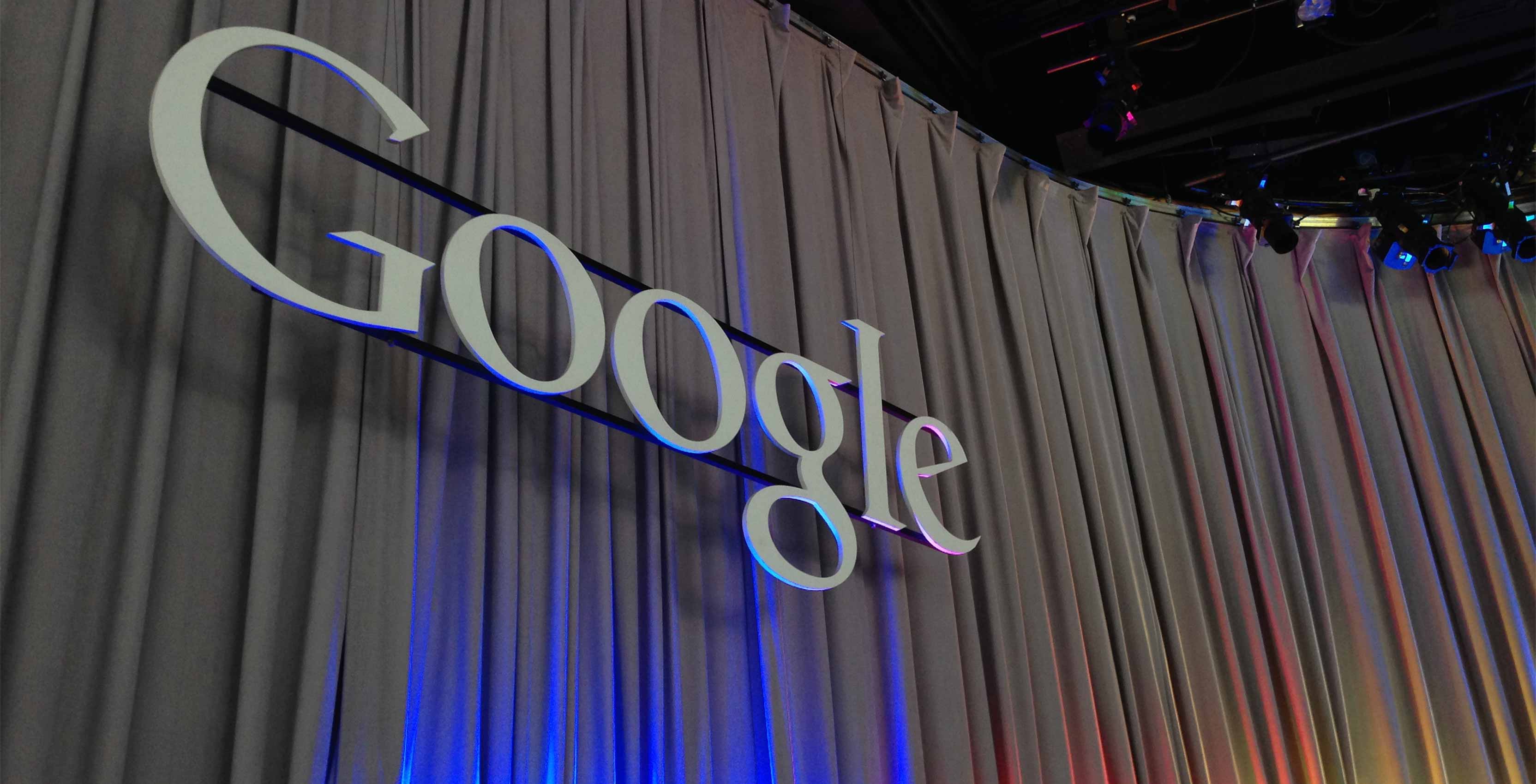
Humans can be a selfish bunch, often acting out of self-interest instead of consideration for others. Given the circumstance, though, people can also work together towards a greater cause.
Alphabet subsidiary Deepmind recently published a study into how this behaviour would apply to multiple artificial intelligences when they’re placed together in certain situations. In doing so, the company hopes to better understand and control how AI works.
As part of the study, Deepmind developed tests based on the Prisoner’s Dilemma game theory, which demonstrates why two individuals may not work with each other. The scenario presented in this theory is two members of a criminal gang are imprisoned in solitary confinement, but due to a lack of sufficient evidence, police are forced to make deals with them one-on-one. If Prisoner A betrays Prisoner B, he’ll be released and B will serve three years in prison (or vice-versa). If they betray one another, they will both serve a two-year sentence. And finally, if both remain silent, they each only spend one year in prison.
The team pitted one red and blue AI agent against one another in two simple video games inspired by this “social dilemma” to see how they would perform. In the first game, ‘Gathering,’ the two agents were placed in a shared world, with the goal to collect apples in exchange for rewards. Each agent is able to ‘tag’ the other, temporarily removing from the game without reward. The goal was to see if the AI would learn to cooperate to collect apples, or decide to play more selfishly and tag each other.
Deepmind says it ran thousands of tests to allow the AI to act rationally using deep multi-agent reinforcement learning. “Rather naturally, when there are enough apples in the environment, the agents learn to peacefully coexist and collect as many apples as they can,” the company wrote in a blog post. “However, as the number of apples is reduced, the agents learn that it may be better for them to tag the other agent to give themselves time on their own to collect the scarce apples.”
The fewer apples available, the more often the tagging; in some cases, with greater capacity to implement more complex strategies, more frequent tagging would occur regardless of the amount of apples.
On the other hand, in the second game, ‘Wolfpack,’ the design was focused more around cooperation from the start. The goal was for two AI wolves to chase a blue dot while avoiding grey obstacles. The agents would learn over time that they were more successful when they worked together to corner the blue dot and catch him.
The findings concluded that separate AI agents can be led to work together, provided the right rules and incentives are in place. If aggressive behaviour is beneficial (“tagging the opponent helps get more apples”), the AI will become more aggressive in response.
When cooperative behaviour is rewarded, (“work together and both teams get points”), the AI will tend to be more cooperative. “As a consequence [of this research],” Deepmind said, “we may be able to better understand and control complex multi-agent systems such as the economy, traffic systems, or the ecological health of our planet — all of which depend on our continued cooperation.”
Image credit: Wikimedia
Source: Deepmind
MobileSyrup may earn a commission from purchases made via our links, which helps fund the journalism we provide free on our website. These links do not influence our editorial content. Support us here.


